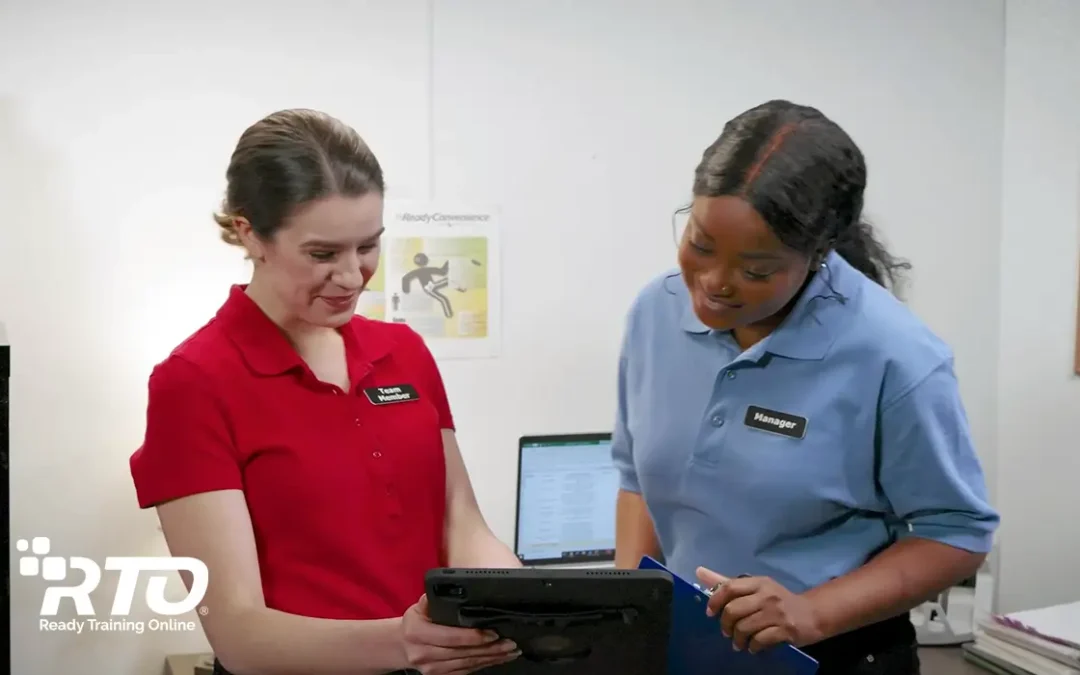Workforce training is not a new concept. Neither is retailing, which dates back to antiquity. After all, there have always been consumers, and consumers have always needed to buy goods and services. And for as long as there have been consumers needing to buy, there were employees who needed to be trained to sell. Job training back then was often handed down from generation to generation, and whatever type of training that was needed took place on the job. The boom in manufacturing at the turn of the 20th century necessitated more advanced workforce training. One of these early forms of training was the “Show, Tell, Do, and Check” method developed by Charles Allen in 1917. From there, role-playing and formal job instruction took off, becoming a mainstay in most industries.
By the 1940s, training itself was an industry in its own right, with the founding of what is now the American Society of Training & Development in 1942. The concept of “instructional design” came to be in 1962. About 20 years after that, the ADDIE model focused the development of workforce training on the specific phases of Analysis, Design, Development, Implementation, and Evaluation. This setup the progression toward computer-based training, which took off in the 80s and 90s. Web-based training followed not long after that, and the evolution of training continues to this day.
What History Teaches Us about Convenience Store Training
Just like every lesson in history, looking back at what brought us to where we are today can help us understand where we need to go. The time-honored method of “Show, Tell, Do, and Check,” combined with the ADDIE methodology and the latest web-based learning management systems, delivers today’s best workforce training for convenience stores. What used to take years to develop now takes weeks, and days in the classroom can be streamlined to hours of engaged online learning. With a few clicks, training administrators can assign, monitor, and track the training of their entire workforce, allowing managers to focus their time on solid on-the-job mentoring.
Today’s Learning Management System for C-Stores
There are risks in developing training at lightning speed. Sometimes, the need to be efficient takes over the need to be relevant. That’s why it’s important to look for training options for your c-store that are grounded in content that’s specific to your industry. From compliance topics to customer service, the training needs of c-stores are unique, and your training should reflect that. Click here to learn more about the trainingGrid® Learning Management System, built just for you.





